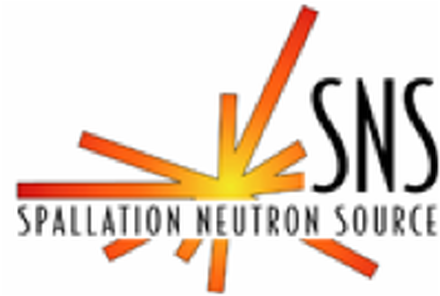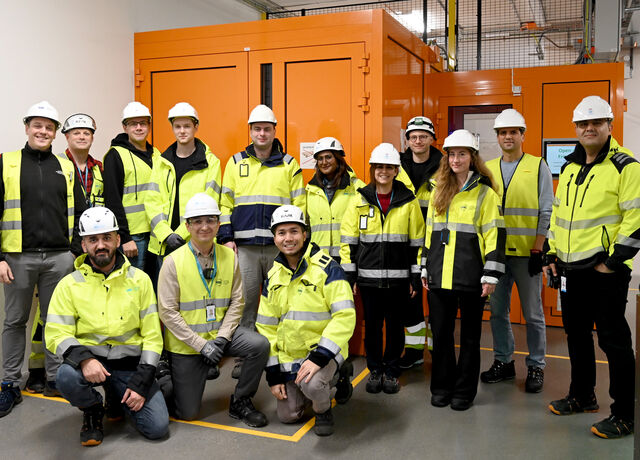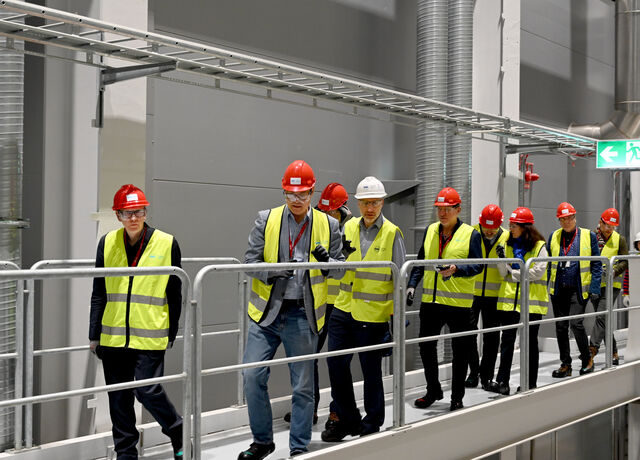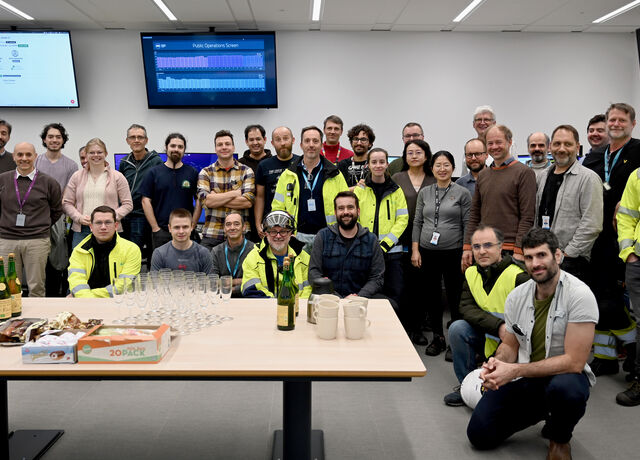Sample Environment Systems for High Pressure and Mechanical Processing (PREMP)

A large synthetic diamond set in a diamond anvil cell, developed by ESS in collaboration withOak Ridge National Laboratory and the University of Edinburgh
Many scientific disciplines, such as materials science, engineering science, fundamental physics and chemistry and geo/planetary science, require the application of very high and uniform pressure on the sample during the neutron-scattering experiment.
The PREMP platform will support high-pressure neutron science from 0.1 to 100 GPa. More broadly, the response of materials to strain and manipulations, such as welding, are supported through dedicated sample-environment equipment.
ESS will deliver some of the brightest neutron beams in history. These will create many new opportunities for materials research where the sample size is tightly constrained. The PREMP platform supports both high pressure and engineering science.
Read about future science
Unlocking the secrets of waterExtremes of Pressure and Temperature
High pressure has broad applications spanning materials science, fundamental physics and chemistry and geo/planetary-science. Our approach is to enable high-pressure experiments on as many of the ESS instruments as possible, supporting traditional diffraction and spectroscopic measurements while exploring new possibilities in small-angle scattering and imaging. Combining the pressure parameter with extreme temperatures (both extremely low and extremely high) are also key technical targets.
In order to achieve this, the PREMP platform aims to support a range of hardware from 'classic' gas and clamp cells through to new classes of diamond anvil cells capable of exceeding 100 GPa.
Mechanical Processing
The ESS will also enable new possibilities in the studies of mechanical and materials properties. These are supported by the PREMP platform, through the provision of specialised sample environment equipment to study response to mechanical stress and processes such as welding.
Engineering Materials, Geosciences, Archeology & Heritage Conservation
In situ, in operando and non-destructive probing with neutrons.
Chemistry of Materials, Magnetic & Electronic Phenomena
Some of the most exciting discoveries in a generation are being made with neutron science.
Life Science & Soft Condensed Matter
ESS will enable some areas of life science, medical and pharmacological research to investigate with neutrons for the first time.
Particle Physics
A fundamental part of ESS. The Standard Model is not what it used to be.
In addition to sample environment equipment, ancillary laboratory spaces are being developed to support these. Currently several distinct spaces are envisaged:
- A 'small samples' lab optimised for preparing, conditioning, loading and characterising the microscopic samples that will explore the most extreme pressures and temperatures.
- A gas and hydraulic lab supporting key, traditional neutron sample environments such as gas cells, clamp cells and Paris-Edinburgh-type presses.
- A pressure-testing facility: a reinforced room suitable for testing various devices to failure and including appropriate metrology to measure performance.
- A support lab for engineering sciences.
Extremes of Pressure and Temperature
A number of mature technical solutions that are effective and familiar to existing communities will be supported. These will include a range of gas and clamp cells, variously optimised for diffraction and sepctroscopic studies. Paris-Edinburgh presses are also envisaged, with inserts allowing pressures up to ~20 GPa and temperatures from 10-600K.
Mechanical Processing
Engineering activities at the ESS will be supported by a stress-strain rig, dilatometer and a stir-welding set-up.
Development Activities
Diamond anvil cells represent a key emergent technology well suited to the beam characteristics of ESS. In collaboration with other facilities, we are developing these devices for use in early science at the ESS facility.
New paradigms of precision and change-out speed are required for ESS. We are developing a flexible but standardised kinematic mounting and alignment system for sample environment equipment at instruments.
Collaborations & In-Kind
We are currently collaborating with the Centre for Science at Extreme Conditions at the University of Edinburgh , the ISIS Neutron Facility and the Spallation Neutron Source on high-pressure projects. In addition, we are collaborating with the Department of Physics at Chalmers University of Technology on a Swedish Research Council (VR)-funded initiative to develop specialised ultra-high temperature sample environments for the ESS instrument BEER.
We are currently seeking in-kind relationships with the partner countries supporting the ESS construction project. Please contact us with any inquiries regarding this.

































